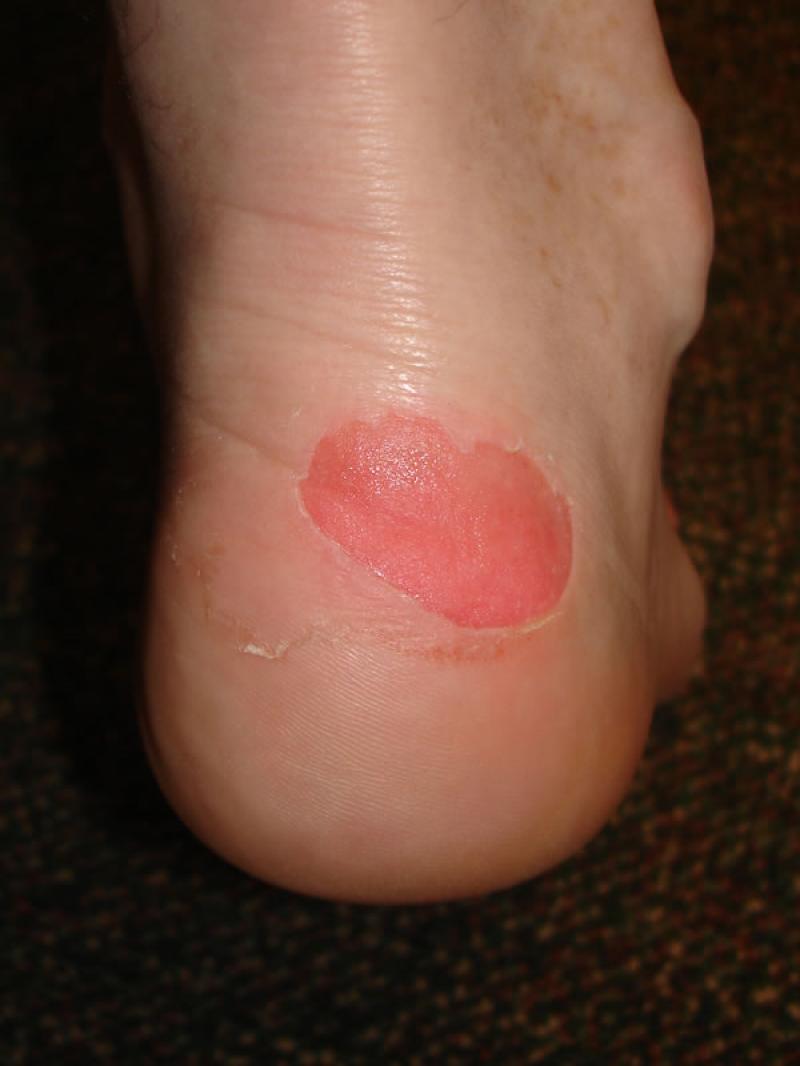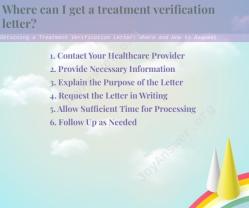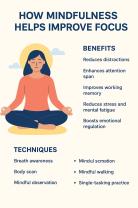How to treat and prevent blisters on your hands?
Treating and preventing blisters on the hands involves a combination of proper care for existing blisters and measures to prevent them from occurring in the first place. Here's a guide on how to treat and prevent hand blisters:
Treating Blisters:
Leave Intact: If the blister is not painful and not at risk of breaking open, it's generally best to leave it intact. The blister acts as a natural barrier that protects the underlying skin from infection.
Protect: Cover the blister with a bandage or moleskin to prevent friction and further irritation. Use a bandage that doesn't stick to the blister to avoid tearing when you remove it.
Avoid Popping: Refrain from popping or puncturing the blister unless it's large, painful, or likely to burst from pressure. If you must drain it, use a sterilized needle after cleaning the area with alcohol. Gently press out the fluid and leave the overlying skin intact.
Keep Clean: Wash the area with mild soap and water to prevent infection. Avoid using harsh chemicals or soaps that can irritate the skin.
Apply Ointment: Use an antibiotic ointment or petroleum jelly to keep the blister moist and protected while it heals.
Preventing Blisters:
Proper Hand Protection: Wear gloves when engaging in activities that might cause friction or irritation on your hands, such as gardening, lifting heavy objects, or using tools.
Choose Appropriate Footwear: Wear well-fitting, comfortable gloves or hand protection when handling tools or performing repetitive tasks that can cause friction.
Moisturize Hands: Keep your hands moisturized to prevent dry and cracked skin, which is more susceptible to blistering.
Break-in Period for New Activities: If starting a new activity or exercise regimen, gradually increase intensity to allow your hands to adapt and toughen gradually.
Regular Inspections: Check your hands for any signs of irritation or hot spots, especially during activities that may cause friction.
Use Lubricants: Apply lubricants or powders to reduce friction on areas prone to blistering.
By taking these preventive measures and providing proper care to existing blisters, you can minimize discomfort and reduce the likelihood of developing new blisters on your hands. If you have persistent or severe blisters, or if you notice signs of infection like redness, swelling, or pus, consult a healthcare professional for proper evaluation and treatment.
Here are some effective home remedies to treat blisters on hands:
Cleanse and Protect: Gently wash the affected area with mild soap and water to prevent infection. Cover the blister with a loose bandage or gauze pad to protect it from further friction.
Aloe Vera: Apply aloe vera gel directly to the blister. Aloe vera's anti-inflammatory and healing properties can help soothe pain, reduce inflammation, and promote healing.
Honey: Apply a thin layer of honey to the blister. Honey has antibacterial and wound-healing properties that can aid in healing and prevent infection.
Warm Compress: Apply a warm compress to the blister for 10-15 minutes at a time, several times a day. The warmth can help reduce pain and promote healing.
Avoid Popping: Resist the urge to pop the blister. Popping a blister can increase the risk of infection and delay healing. If the blister breaks on its own, drain the fluid gently and keep the area clean and protected.
Prevention of Hand Blisters:
Minimize Friction: Avoid activities that cause friction against the hands, such as using tools without gloves or engaging in repetitive hand movements.
Protect Hands: Wear gloves when using tools, gardening, or working with harsh chemicals. Choose gloves that fit properly and are made from breathable materials.
Moisturize Regularly: Keep hands well-moisturized to maintain skin elasticity and reduce susceptibility to blisters. Apply lotion or cream throughout the day, especially after washing hands.
Maintain Proper Hand Hygiene: Wash hands frequently with mild soap and water to remove dirt, sweat, and potential irritants that can contribute to blister formation.
Address Underlying Conditions: If blisters are caused by an underlying medical condition, such as eczema or psoriasis, seek treatment to manage the condition and prevent recurrences.













